The transfer case control module symptoms include flashing a warning message or turning on a warning light on the Driver Information Center.
But there are more! Follow along with our article below!
Contents
What Is A Transfer Case Control Module?
The Transfer Case Control Module (TCCM) is a specialty of General Motors 4WD operation. It controls the electronically-operated 4-wheel-drive system. All of its functions involve the shift – processing the shift request, executing it, and verifying the completion.
So where is the transfer case control module located? You will find it under the driver’s side dashboard on the steering column. The driver can reach the connectors easily because it is facing toward them.
What Does The Transfer Case Control Module Do?
As you already know, the TCCM controls the shifting in the 4WD system. But, how does it do that?
The module determines the processing of the shift by using the speed of the vehicle and the real-time transfer case mode. If the shift is possible, the TCCM will complete it by activating the transfer case encoder motor.
When necessary, it may also trigger off the front differential locking actuator. And if the shift is not possible, the selector switch will come on and flash for 30 seconds.
Putting another way, it constantly monitors wheel speed, throttle position, and vehicle speed, using this data to decide when to engage or disengage the transfer case and distribute power between the front and rear wheels.
Working with the engine control module and other systems, the TCCM ensures optimal traction and stability. This allows drivers to easily switch between two-wheel and four-wheel drive, adapting to different conditions for best performance and fuel economy.
So in general, the TCCM is essential for maximizing traction, stability, and performance, especially in off-road or difficult driving situations.
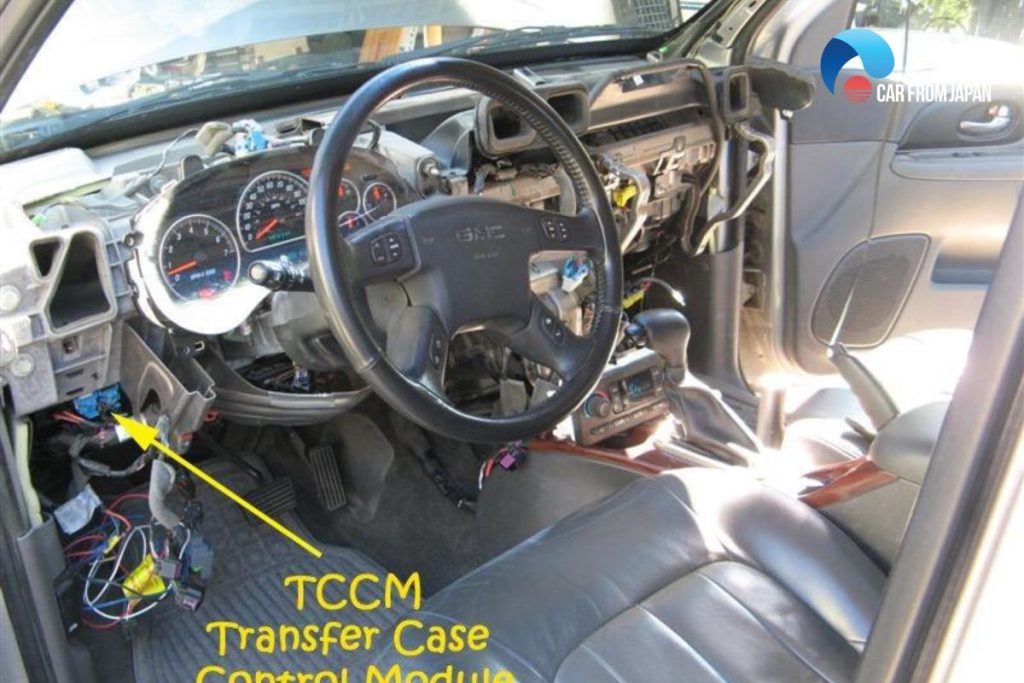
Transfer Case Control Module Symptoms: Top 7 To Notice
Signs of a bad transfer case are likely to include flashing a warning message or turning on a warning light on the Driver Information Center (DIC).
Apart from this obvious problem, you can look out for the following ones.
The 4×4 System Stops Working
Sometimes, engaging the 4×4 by pushing the switch panel does not do anything due to problems with the transfer case module. Everything on the panel is dead and you might be wondering if it is going to cost you a big amount.
Learning how to test a 4×4 control module, you have to perform a TCCM self-test to determine whether you need to change this component.
Turn the ignition switch while observing the transfer case shift control switch indicators. A functioning TCCM will flash all the indicators before returning to the current gear.
You have to examine a couple of circuits if the indicators don’t flash. Go on checking the battery’s positive voltage and ignition voltage.
You also have to diagnose the connector of the transfer case shift control switch and the ground circuit for the ground. If the TCCM fails the self-test but all these circuits turn out fine, you will have to replace the module.
The Service 4WD Message
It is normal to have this message sometimes among the symptoms of a bad transfer case control module. It goes away when you shut the vehicle off and then turn it back on.
But, it won’t be the case on a few occasions. A bad TCCM could be the reason along with the encoder motor and the button pack.

Engine Hesitates After Taking Off
There could be tons of components responsible for engine problems and the TCCM could be one of them. It could be one of the transfer case control module symptoms if you are driving a 1999 Jimmy and it hangs back after kicking off the engine.
It could happen if the TCCM sends the wrong signals to the transmission. You have to change the component to solve this particular problem.
Unusual Grinding, Humming, or Growling Noises
Strange sounds are a telling indicator of a problem. Unnatural noises can be annoyances, and they typically imply a larger issue cooking behind the hood.
The TCCM may make a growling, buzzing, or grinding sound that changes with the speed of your car. This may be due to a mechanical defect, such as a faulty bearing making noises, a loose chain or broken gears, or a low fluid level.

Puddle Formation In The Transfer Case
A greasy puddle under your car can only be caused by a leak, and the culprit might be a faulty transfer case control module.
Raise the car on jacks and undertake a visual check to see whether the leak is coming from the TCCM. It should be visible from the back of the transaxle unit or transmission.
Because leaks are usually slow, you may not notice a puddle right away. However, over time, the TCCM becomes dangerously short on oil, resulting in the total destruction of the internal components.
This happens more slowly with an automatic transmission because transfer cases have an oil pump, whereas manual transmissions do not.
Reduced Fuel Efficiency
Although many factors affect fuel economy, when your vehicle’s miles per gallon are significantly reduced, TCCM can be one of the causes you need to check quickly.
Unnecessary high consumption can occur when the TCCM has difficulty effectively managing the power distribution between the front and rear axles.
For example, if the TCCM system improperly engages four-wheel drive, it will create additional drag and reduce fuel efficiency. Similarly, if the TCCM fails to disengage the four-wheel drive under normal driving conditions, it can increase fuel consumption.
A sudden and unexplained drop in your vehicle’s fuel consumption should be investigated, and the TCCM can act as a potential culprit.
Unintended Gear Changes
A malfunctioning TCCM can lead to unpredictable shifting. Not only that, it can also cause unintentional entry and exit from four-wheel drive.
With this problem, instead of responding directly to the driver’s actions, the system will automatically activate or even deactivate the four-wheel drive. This act can be extremely dangerous for the driver, especially on slippery surfaces or hard terrain.
If the vehicle suddenly switches to two-wheel or four-wheel drive on the highway, you can fully imagine the consequences of this jerky and uncontrolled movement.
See More: Head-to-Head: All-Wheel-Drive vs 4-Wheel-Drive
How To Reset Transfer Case Control Module?
Encountering the transfer case control module symptoms will never be a pleasant experience for drivers, especially new ones.
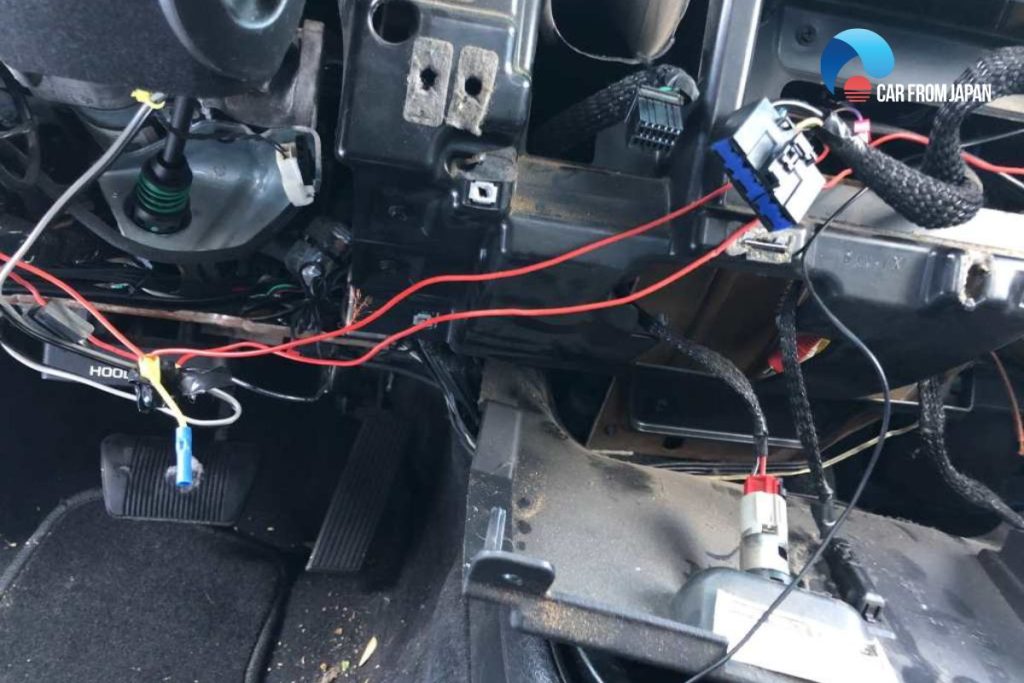
We will take a closer look at some common methods for transfer case control module reset.
Method 1: Turn off the engine
- Step 1: First, rotate the key position. If you use this approach without moving the key location, it makes no sense. You can proceed to the following step after the key position is secure.
- Step 2: Depress the gas pedal and wait a few moments (5 – 10 minutes). The accelerator is now testing the driving function.
- Step 3: Turn off the ignition and let off of the gas pedal. The gas pedal primarily accelerates the combustion process. So, in order to reset TCCM, correct acceleration is required.
- Step 4: Wait and repeat the entire process from step one after a few minutes.
- Step 5: After running the procedure 2 or 3 times, your TCCM should be ready to use.
Method 2: Use the jump cables
Using jumper wires to reset all of the ECUs and control modules within the engine is the standard method. And it works on practically all automobiles.
- Step 1: Disconnect the negative battery cable with a screwdriver. Isolate the cable’s head, otherwise, it will transmit the charge to any metal that touches it.
- Step 2: Cover the opposing end with a clean rag so that it does not come into touch with any metal or other things.
- Step 3: Get a jumper cable and connect one end to the negative end of the battery cable and the other end to the positive end. Allow the wire to rest (5 minutes or 30 minutes).
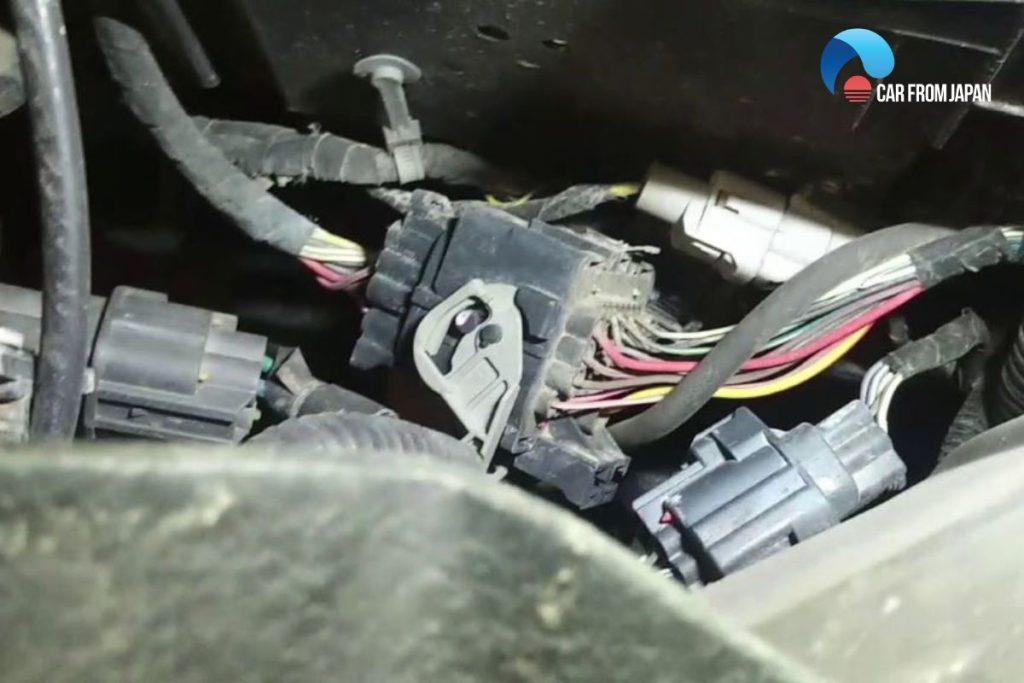
- Step 4: After the interval, remove the jumper cables and rag. Return the negative end to its original place.
- Step 5: Insert the key to the car. Turn on the ignition for 10 to 15 seconds. The control module will relearn the settings and update the program with new values.
- Step 6: Turn off the ignition key and then turn it back on again, which is essentially a cycle. Start your engine and let it run for at least 5 minutes. As a result, you may locate the idle location and leave it alone.
- Step 7: Run the gears to see if the sensors are still working or if they are malfunctioning. If you find any irregularities, repeat step 1 (2 to 3 times), and your car will be ready for the next several hundred kilometers.
Method 3: Use the TCCM fuse
This approach also does not require any additional equipment to reset the code. You may utilize the fuse while resetting the TCCM.
- Step 1: Locate the TCCM fuse, which is situated at the bottom of the fuse box inside the module, and take it out.
- Step 2: Leave the fuse out for about 30 minutes. This disconnects the control module from the vehicle’s electrical system.
- Step 3: Make sure the fuse is working. If it fails, replace the fuse in the fuse box.
- Step 4: Turn the ignition key to start the engine.
- Step 5: Watch for flashing headlights, indicating the TCCM is resetting. Turn off the engine and repeat steps 4 and 5 five times.
- Step 6: Start the engine and check the idle RPM. Also, ensure the driveshaft and gearbox operate smoothly, confirming a successful reset.
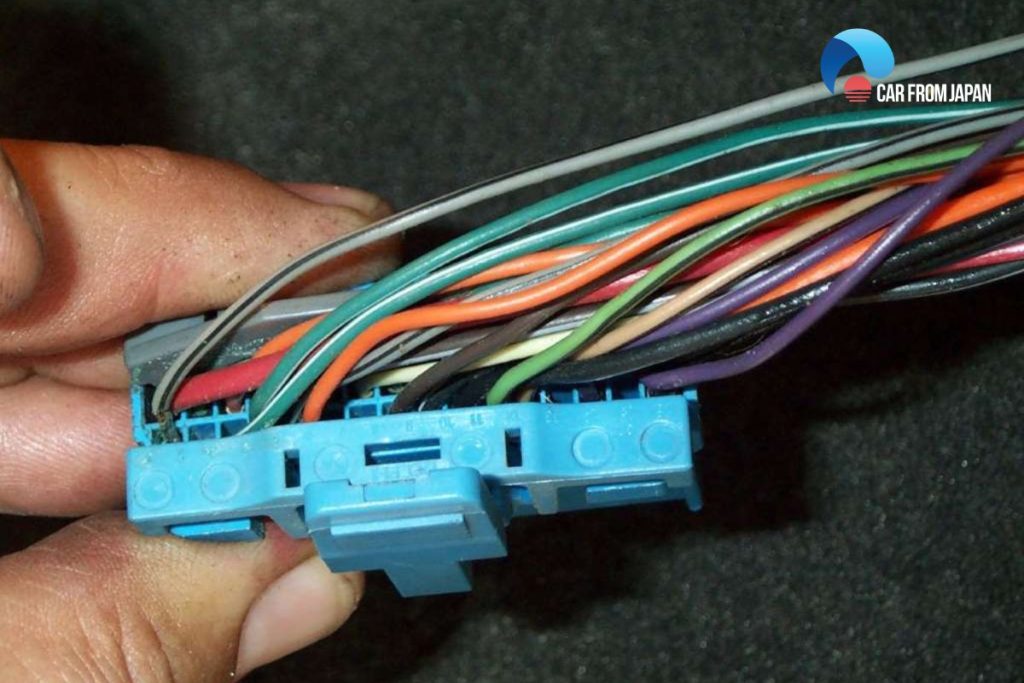
How To Prevent A Bad Transfer Case Control Module?
Proactive Maintenance
To prevent a failed transfer case control module (TCCM), drivers need proactive maintenance actions.
You should regularly maintain the four-wheel drive or all-wheel drive system, including changing and checking the fluids periodically.
Fresh fluids will maintain proper lubrication and prevent overheating thereby, reducing stress on the TCCM system.
In addition, you should thoroughly inspect the wiring and connectors related to the transfer case module to identify potential problems such as corrosion or leaks.
Develop Conscious Driving Habits
Using smooth and controlled driving practices, especially when switching four-wheel drive on and off, can also significantly extend the life of the TCCM.
Avoid sudden shifts between driving modes, especially at high speeds, as this can put unnecessary stress on components.
Similarly, avoid using four-wheel drive on dry roads unless necessary, as this can cause locking and premature wear.
By operating carefully on the road, you can minimize the risk of future damage and ensure the longevity of the system in particular and the car in general.
Undercarriage Protection
Protecting the underbody from environmental impacts and unwanted obstructions is quite crucial for the health of the entire TCCM system.
Rocks, debris, and deep water can impact the transfer case and related components, potentially damaging the TCCM or its wiring.
Be careful, pay attention to the ground clearance, and avoid driving over obstacles that could cause damage. If you frequently drive off-road, consider installing skid plates or other suitable protection to protect the underbody from potential hazards.
Initial Repairs
Finally, address any problems with your four-wheel drive or all-wheel drive system promptly.
Don’t ignore warning signs like unusual noises, vibrations, or difficulty switching between drive modes, as these can worsen the problem and potentially lead to TCCM failure.
Check the system’s functionality regularly and seek professional help at the first sign of trouble. Be sure to diagnose and repair early to prevent issues from escalating into severe and costly problems, including replacing the entire TCCM system.
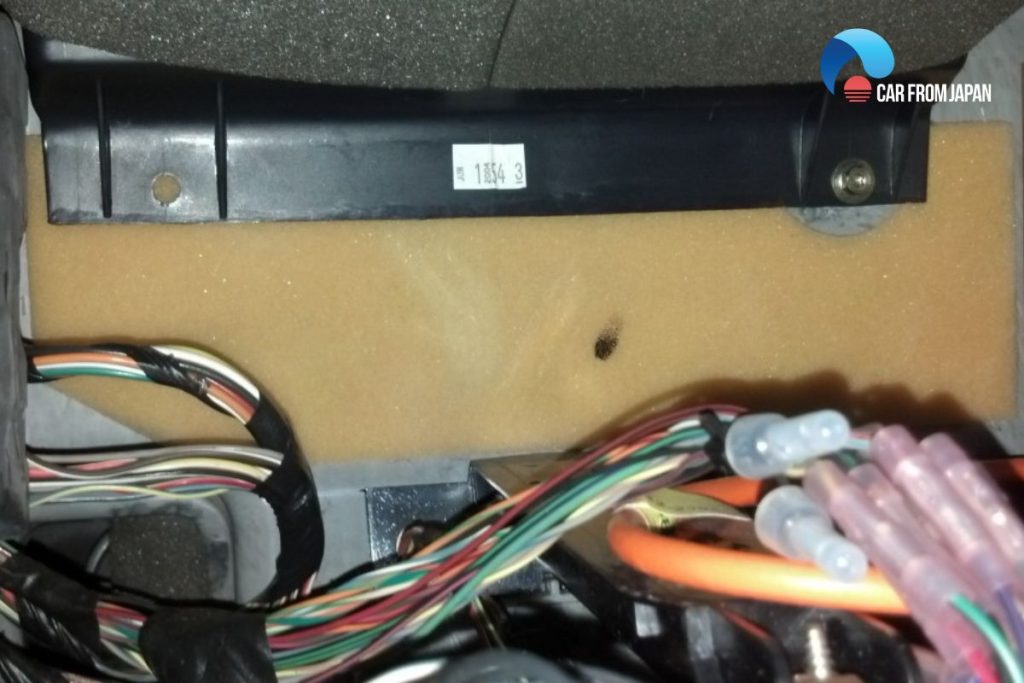
FAQs on Transfer Case Control Module Symptoms
How much does it cost to fix bad transfer case symptoms or replace a new system?
If you can find the cause and solve it, you will be able to avoid the inconvenience and expense of replacing the TCCM entirely.
However, if the TCCM fails or suffers mechanical damage, you may be forced to replace it. A transfer case change normally costs between $2,200 and $2,800.
Because this is a time-consuming repair, labor expenses involved with changing a transfer case can be rather significant. The average labor cost ranges from $400 to $700.
Can a bad transfer case control module damage the transmission?
The transfer case may heat up and seize if it is not properly greased. This can harm the engine, as well as the transmission and differential.
A seized or broken transfer case will also prohibit the vehicle from changing gears, causing additional harm for the motor and gearbox.
Can I drive with a faulty TCCM?
Driving with a defective transmission control case module is never safe since it causes your car to be highly unpredictable while shifting gears.
What happens if the transfer case fails while driving?
If your transfer case fails, your vehicle may shift into and out of 4-wheel drive on its own.
This signals a failure to remain in drive mode, which can harm the transfer case, and other vehicle systems, or create a risky driving condition.
Is it possible to reset the transfer case control module?
Yes! In some cases, disconnecting the battery for 10-15 minutes can reset the module and clear temporary errors.
However, if the issue persists, the module may need to be reprogrammed or replaced.
Final Words
As previously said, the TCCM is one of the most critical components of several automobiles’ transmissions.
That is why knowing about the TCCM or the transfer case control module symptoms and how to reset the transfer case control module is crucial.
It is a simple technique that anybody can execute. For more car maintenance tips, follow Car From Japan today!

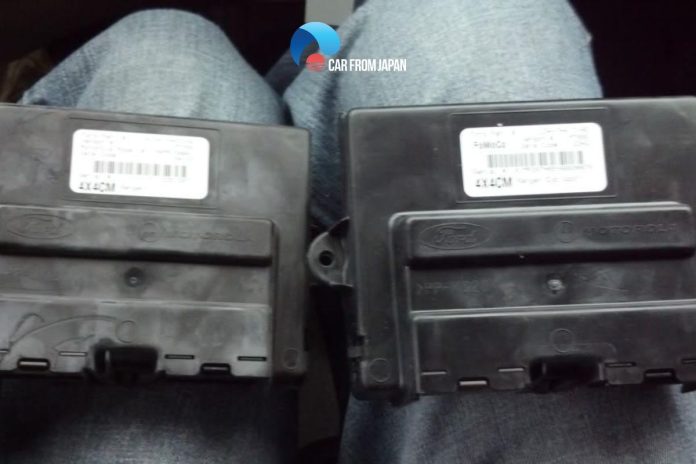


hi could you help me i want to know where the tccm is situated on a kia sorento 2005 diesel auto i would be over the moon if you could help.THANKS
regards GEOFF WHITTLE
I have replaced the transfer case motor 12474401, panel switch 19168767, and the transfer case shift module 12577410 on a 2002 GMC YUKON. It keeps blowing the transfer case shift module. I have replaced 2. The second on blew when I drove it out of the repair shop.
Pulling my hair out. Any suggestions regarding where to look for a short or diagnosing the problem?
Great but I want to know how does one take apart a tccm and test to find out what component(s) are faulty and could be replaced. What caused it to go haywire in the first place?